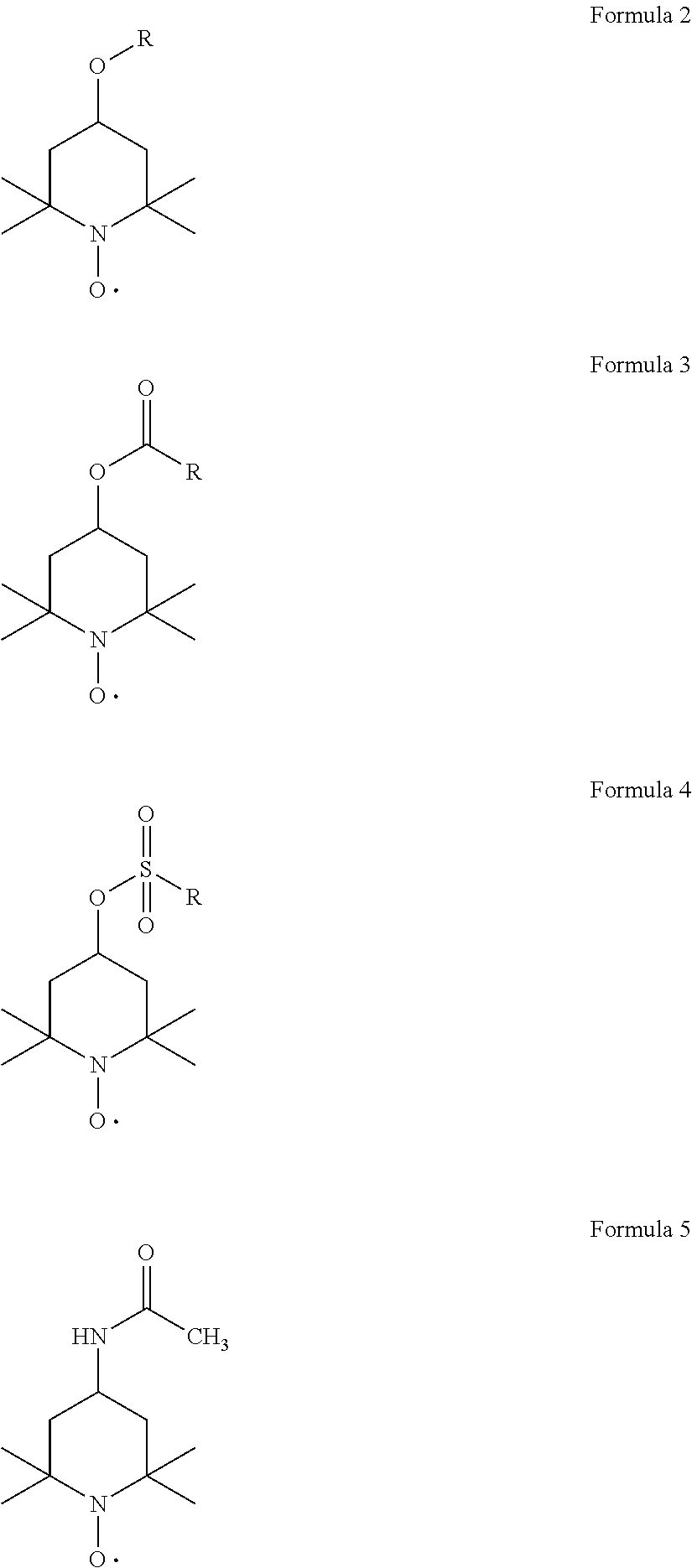Method for producing cellulose nanofibers
a technology of cellulose nanofibers and nanofibers, which is applied in the direction of pretreatment with water/steam, packing paper, and pulping with inorganic bases, etc., can solve the problems of no examples of pulp obtained by hydrolysis treatment and subsequent kraft cooking (dkp) as cellulosic starting material, and achieves high fluidity, low viscosity, and high transparency.
- Summary
- Abstract
- Description
- Claims
- Application Information
AI Technical Summary
Benefits of technology
Problems solved by technology
Method used
Image
Examples
example 1
[0096]Into a 2.4 L-volume rotary autoclave, 300 g (bone dry weight) of hardwood chip was put and water was added thereto to adjust the liquor ratio to 2 L / kg. The mixture was retained at 170° C. for 30 minutes to perform hydrolysis treatment and then neutralized with a neutralizing solution at 155° C. for 15 minutes. The neutralizing solution was prepared by mixing sodium hydroxide and sodium sulfide so that the solution had 11% active alkali (versus the mass of the chip), 25% sulfidity and a liquor ratio of 2.5 L / kg. After the neutralization treatment, liquid was withdrawn from the autoclave, a cooking liquor (which was prepared by mixing sodium hydroxide and sodium sulfide so that the cooking liquor had 9% active alkali (versus the mass of the chip), 25% sulfidity and a liquor ratio of 2.5 L / kg) was added, and a cooking process was performed at 160° C. until the H-factor reached 830 (preparation of DKP).
[0097]The cooked unbleached pulp was delignified with oxygen and then bleached...
example 2
[0105]Into a 2.4 L-volume rotary autoclave, 300 g (bone dry weight) of softwood chip was put and water was added thereto to adjust the liquor ratio to 3.2 L / kg. The mixture was retained at 170° C. for 30 minutes to perform hydrolysis treatment and then neutralized with a neutralizing solution at 155° C. for 15 minutes. The neutralizing solution was prepared by mixing sodium hydroxide and sodium sulfide so that the solution had 13% active alkali (versus the mass of the chip), 25% sulfidity and a liquor ratio of 3.2 L / kg. After the neutralization treatment, liquid was withdrawn from the autoclave, a cooking liquor (which was prepared by mixing sodium hydroxide and sodium sulfide so that the cooking liquor had 11% active alkali (versus the mass of the chip), 25% sulfidity and a liquor ratio of 3.2 L / kg) was added, and a cooking process was performed at 170° C. until the H-factor reached 1800 (preparation of DKP).
[0106]The cooked unbleached pulp was delignified with oxygen and then blea...
example 3
[0107]Oxidized cellulose was obtained in the same manner as in Example 1. Subsequently, to 5% (w / v) slurry of the oxidized cellulose was added hydrogen peroxide in a concentration of 1% (w / v) based on the oxidized cellulose, and the pH was adjusted to 12 with 1M sodium hydroxide. After this slurry was treated at 80° C. for 2 hours, it was passed through a glass filter and well washed with water (viscosity-reducing treatment: hydrolysis with alkali). The 2% (w / v) oxidized cellulose slurry obtained which had been subjected to the viscosity-reducing treatment was treated 10 times with an ultrahigh pressure homogenizer (20° C., 140 MPa) to give a transparent gelatinous cellulose nanofiber dispersion liquid. The hemicellulose content of the starting material pulp, the amount of carboxyl groups in the oxidized cellulose, the B-type viscosity of the cellulose nanofiber (CNF) dispersion liquid, and the transparency of the dispersion liquid were determined in the same manner as in Example 1....
PUM
| Property | Measurement | Unit |
|---|---|---|
| Pressure | aaaaa | aaaaa |
| Molality | aaaaa | aaaaa |
| Mass | aaaaa | aaaaa |
Abstract
Description
Claims
Application Information
 Login to View More
Login to View More - R&D
- Intellectual Property
- Life Sciences
- Materials
- Tech Scout
- Unparalleled Data Quality
- Higher Quality Content
- 60% Fewer Hallucinations
Browse by: Latest US Patents, China's latest patents, Technical Efficacy Thesaurus, Application Domain, Technology Topic, Popular Technical Reports.
© 2025 PatSnap. All rights reserved.Legal|Privacy policy|Modern Slavery Act Transparency Statement|Sitemap|About US| Contact US: help@patsnap.com



